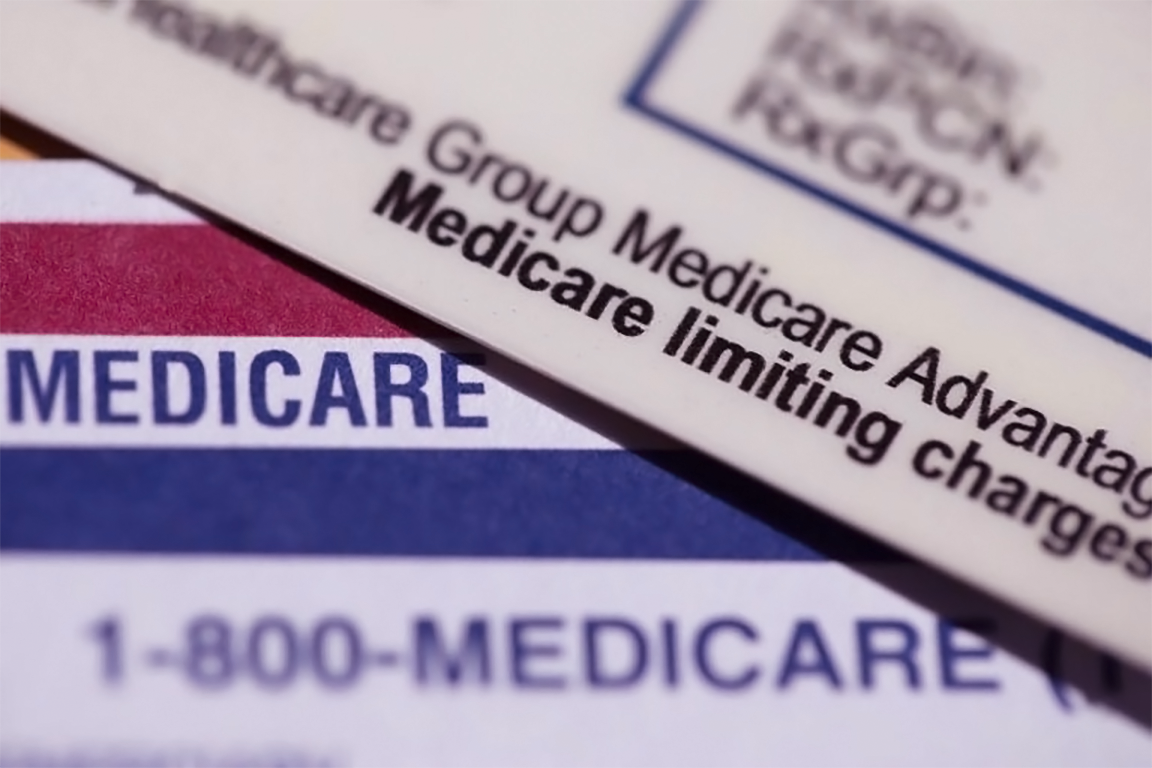President Donald Trump plans to announce a new proposal to lower health care costs as soon as Monday. This proposal aims to prevent a large increase in insurance premiums due to the end of important Affordable Care Act (ACA) subsidies, according to three sources.
The plan promises a better option for nearly 22 million people who depend on these enhanced ACA subsidies. This comes after Democrats refused to reopen the government for over a month because they wanted a straightforward extension of those payments.
Senate Republicans have agreed to vote in mid-December to extend the enhanced subsidies, which are set to expire at the end of the year. In return, they will extend government funding through January. This agreement has pushed Trump and his team to create their own competing plan. The enhanced assistance was originally included in the Biden administration’s COVID-19 relief package in 2021 and has resulted in a record 24 million people signing up for coverage this year.
How Many People Could be Uninsured in 2026?
If the subsidies end, premiums are expected to more than double next year, according to KFF, a health policy research group. Additionally, the Congressional Budget Office estimates that about 2 million more people could be uninsured next year.
Democrats plan to use these potential issues against the GOP in the upcoming midterm elections. They hope this strategy will be as effective as it was in 2018, when Republicans lost control of the House partly due to their attempts to repeal the Affordable Care Act.
The administration’s proposal is not final, and its timing and details could change. A White House official stated, “Until President Trump makes an announcement himself, any reporting about the administration’s health care positions is mere speculation.”
The deadline to sign up for health coverage is approaching. Americans must enroll by December 15 for their plans to start on January 1. Open enrollment ends on January 15. Advocates for the Affordable Care Act (ACA) warn that many people may be put off by high costs when considering plans for 2026.
Power to the People

The current administration is considering a plan to extend enhanced subsidies, a major shift from former President Trump’s recent remarks opposing federal funding for insurance companies. Trump stated on Truth Social, “The only healthcare I will support is sending the money directly to the people, not to the wealthy insurance companies that have made trillions and ripped off America. The people will be allowed to negotiate and buy their own, better insurance. Power to the People.”
The new plan aims to temporarily keep the ACA subsidies while also establishing rules to limit them. This may include new income limits and requiring everyone enrolled to pay part of their premiums.
These changes would address key concerns from Republicans about enhanced subsidies, including fraud linked to “zero premium” plans, and the need to restore an income cap on premium subsidies, which was previously set at 400% of the federal poverty level before 2021. Removing that cap made Obamacare plans more affordable for the middle class, who could face difficulties if these enhanced subsidies end this year.
Americans Got Coverage
The proposal also requires that everyone with a lower income pay at least a small monthly premium. This change aims to reduce fraudulent practices where some lower-income Americans got coverage without any cost. Brokers and agents had been enrolling people in Obamacare plans or switching them without their knowledge. Requiring a minimum premium would help limit these actions.
The proposal may also let some enrollees who pick lower-tier insurance plans use a portion of their federal aid for a health savings account.
In response to Trump’s idea to send money to individuals, GOP Senators Rick Scott of Florida and Bill Cassidy of Louisiana have put forward proposals to allow consumers to use some of their federal subsidies for health savings accounts. Scott’s plan would let enrollees use all their aid to buy coverage, which might include less comprehensive and cheaper plans outside the ACA. This could hurt the effectiveness of Obamacare.


